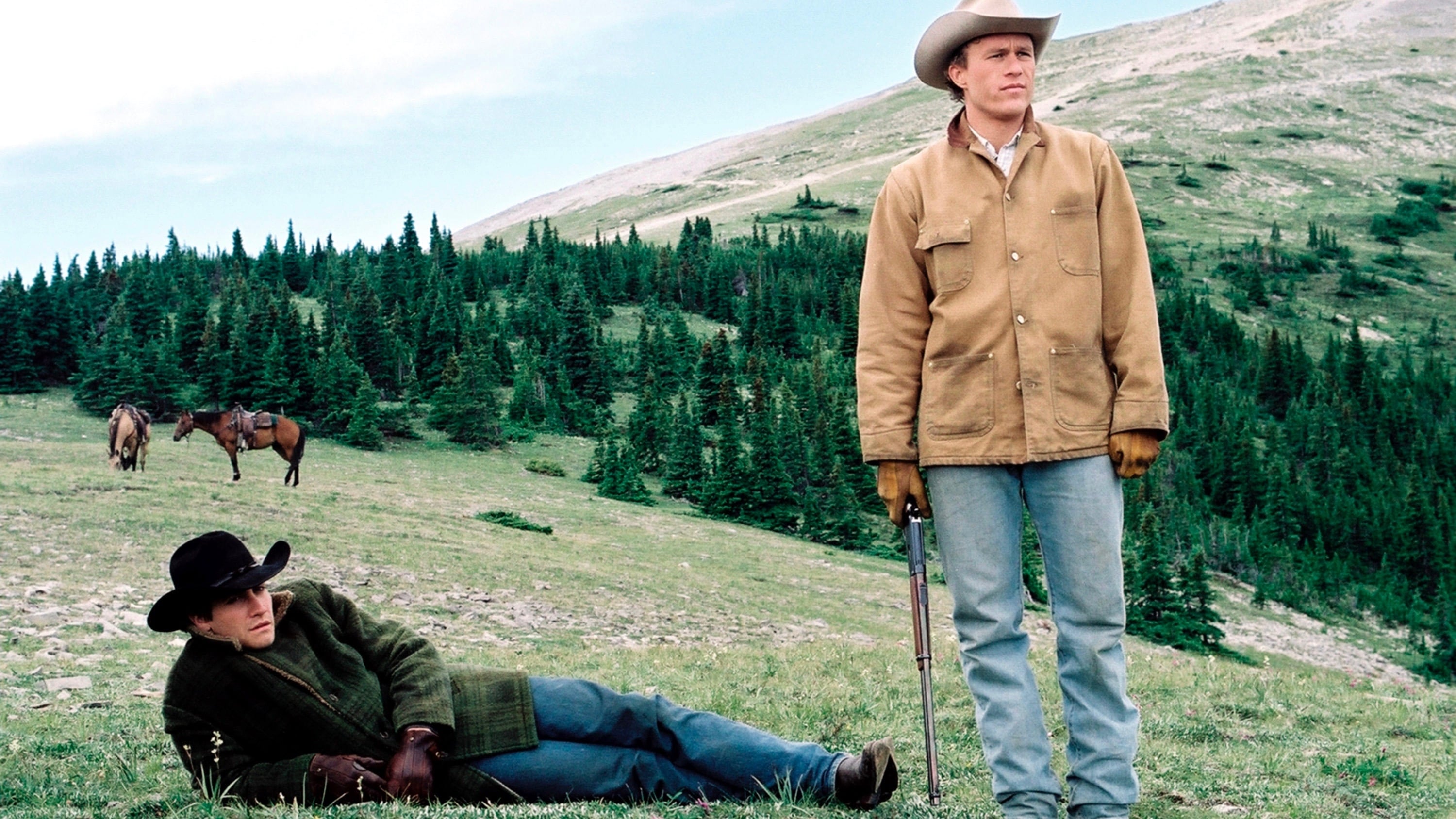Exploring the Iconic "Brokeback Mountain" Pictures: A Visual Journey

Introduction
Brokeback Mountain, directed by Ang Lee and released in 2005, is a film that transcended traditional narratives about love and identity. Based on Annie Proulx's short story, the movie tells the poignant tale of two cowboys, Ennis Del Mar and Jack Twist, who forge a complex romantic relationship over the years. The film's stunning visuals, coupled with its emotional depth, have made it a landmark in LGBTQ+ cinema. In this article, we will explore the Brokeback Mountain pictures that encapsulate the essence of this groundbreaking film, examining their significance, artistic elements, and the emotions they evoke.
The Significance of "Brokeback Mountain" Pictures
Cultural Impact
-
Representation: "Brokeback Mountain" broke new ground by portraying a same-sex relationship in a mainstream context. The images from the film reflect not just the love story but also the societal constraints faced by the characters.
-
Critical Acclaim: The film received numerous awards, including three Academy Awards. Its visuals played a crucial role in conveying its themes of longing and heartbreak.
Visual Storytelling
The pictures from "Brokeback Mountain" serve as a visual narrative that complements the film’s storytelling. Each still encapsulates key moments, emotions, and the rugged landscapes that symbolize the characters' internal struggles.
Iconic Scenes and Their Visual Elements
H2: The Brokeback Mountain Landscape
H3: Nature as a Character
One of the most striking aspects of "Brokeback Mountain" is its breathtaking cinematography. The majestic mountains, vast skies, and open fields are not just backdrops but integral to the story.
- Symbolism of Freedom: The expansive landscapes represent the freedom that Ennis and Jack crave but cannot fully attain due to societal expectations.
- Mood Setting: The cinematography, which earned Roger Deakins an Academy Award nomination, uses natural light to enhance the emotional weight of scenes.
H2: Key Relationships Captured in Pictures
H3: The Complexity of Ennis and Jack
The intimate moments between Ennis and Jack are captured in a series of powerful images that convey their deep connection and the pain of their circumstances.
- Facial Expressions: Close-up shots reveal the subtle nuances of their relationship, from joy to despair.
- Body Language: The positioning of their bodies in various scenes reflects the tension between their love and societal constraints.
H2: Iconic Promotional Images
H3: Marketing and Public Perception
The promotional images released prior to the film’s debut played a crucial role in shaping public expectation and perception.
- Cinematic Aesthetics: The choice of imagery highlighted the film’s themes of rugged masculinity and vulnerability.
- Cultural Conversations: These images sparked discussions about LGBTQ+ representation in Hollywood, challenging stereotypes and promoting dialogue.
The Role of Photography in Film
H2: Behind-the-Scenes Photography
H3: Capturing the Making of a Masterpiece
Behind-the-scenes pictures from the filming of "Brokeback Mountain" offer a glimpse into the creative process.
- Director's Vision: Images of Ang Lee directing actors reveal his meticulous attention to detail and emotional depth.
- Cinematography in Action: Photos of the crew setting up shots illustrate the challenges and artistry involved in capturing the film's stunning visuals.
H2: Fan Art and Cultural Legacy
H3: The Ongoing Influence of "Brokeback Mountain"
The impact of "Brokeback Mountain" continues to resonate through fan art and reinterpretations of its imagery.
- Creative Expression: Fans create artwork that reflects their interpretations of the characters and themes, showcasing the film’s lasting influence on popular culture.
- Social Media: Platforms like Instagram and Pinterest are filled with user-generated content that pays homage to the film, further solidifying its place in modern cinema.
Conclusion
The Brokeback Mountain pictures are more than mere stills from a film; they are powerful representations of love, loss, and the human experience. From the breathtaking landscapes that frame the story to the intimate moments shared between Ennis and Jack, these images encapsulate the essence of a narrative that has changed the landscape of cinema. As we reflect on the significance of these visuals, it becomes clear that they continue to inspire discussions about love, identity, and societal acceptance.
Whether you are revisiting the film or exploring its imagery for the first time, the visuals of "Brokeback Mountain" serve as a poignant reminder of the complexities of love and the enduring human spirit. Embrace the beauty of these images and consider how they resonate with your own experiences and perceptions of love and identity.